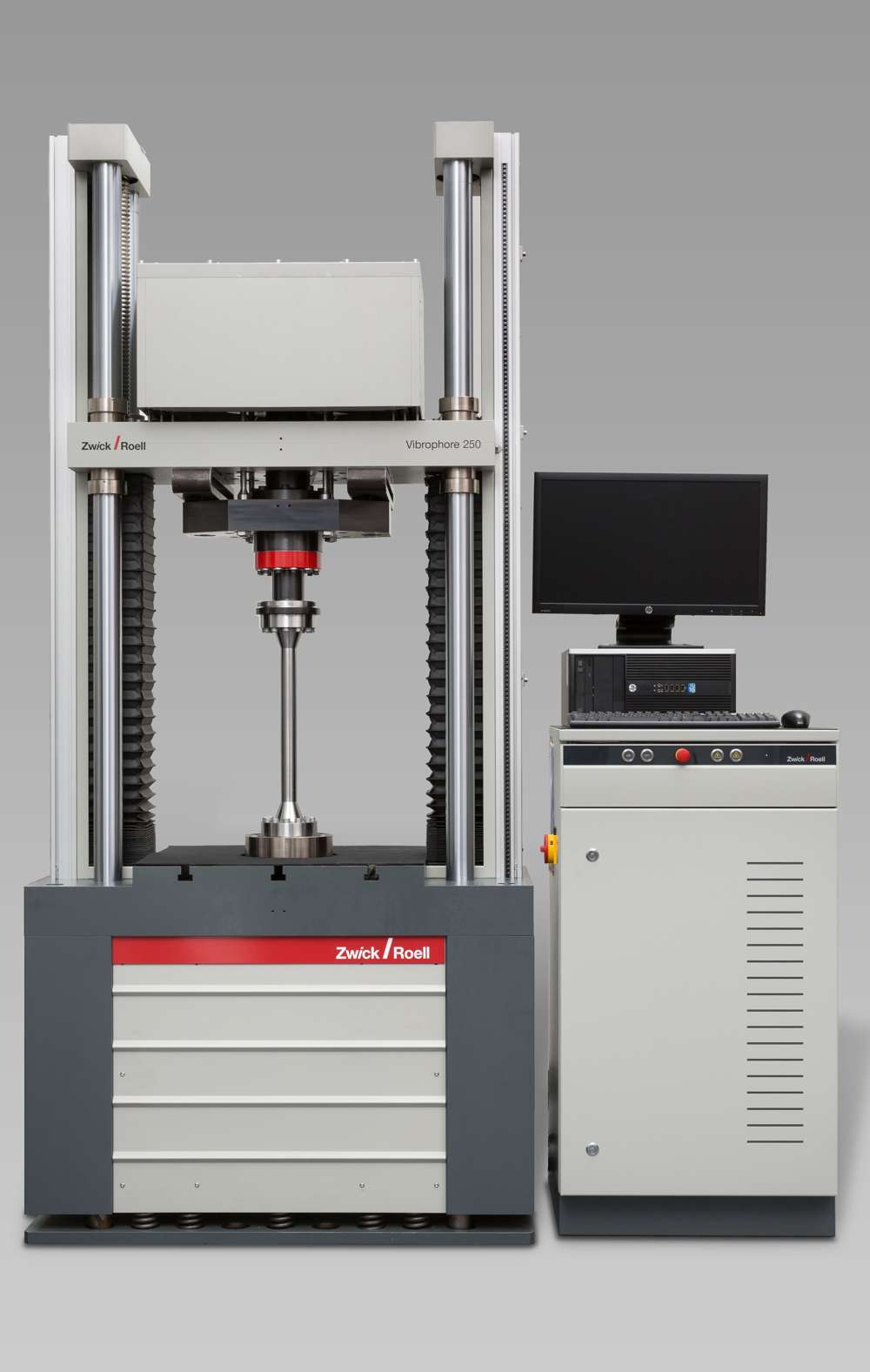Finding fastener fatigue facts – fast!

Aerospace Manufacturing hears how development data obtained from High-cycle fatigue testing allows improvements in the design and durability of fastener products designed to meet tough aerospace requirements.
Aerospace fasteners - bolts, studs, screws and rivets - are among the most critical components used in aircraft manufacturing. Large aircraft can use up to 3 million fasteners in their assembly, with structural bolts comprising about 25% of the total and rivets the remainder. These fasteners must withstand the demands of repeated pressure and temperature cycles, variations in dynamic loads, and high vibration levels.
Dynamic forces due to engine operation and aircraft manoeuvre loads are superimposed on fastener installation loads, resulting in a constantly changing stress environment. The fatigue strength of fasteners in this cyclic loading environment is a critical factor in the design process and in quality control of the manufactured part. While static tensile tests provide a measure of fastener performance under peak load conditions, and microscopic examination can be used to characterise basic material properties, laboratory testing that simulates actual operational conditions is crucial to obtaining a thorough understanding of the fastener’s performance over its service life. For aircraft manufacturers and fastener suppliers, conformance to government and industry standards such as NASM 1312-7 and ASTM E 466, as well as to individual manufacturer specifications, can be guaranteed only by testing with systems that reproduce realistic dynamic loading conditions.
Fatigue failures are the result of cumulative stress cycles, which can be applied by thermal, mechanical, or vibratory effects. Particularly important for aerospace fasteners is how they perform under vibratory loading over the course of numerous cycles at stresses well below the ultimate strength of the material. These cycles may alternate tension and compression loading, or lie completely within the tensile or compressive loading regimes.
Testing times ahead
High-cycle fatigue (HCF) refers to the effect of low-amplitude, high-frequency vibration within the elastic strain region for a number of load cycles N, where typically N > 106. While the applied stress is within the material’s elastic region, plastic deformation can still take place on a microscopic level as the part ages, eventually leading to failure of the component. A component or material’s fatigue characteristics can be quantified by generating the graph of stress versus cycles at a given load, known as the Wöhler curve, where fatigue strength is determined from the maximum stress the fastener can withstand for a specified number of cycles. The endurance limit of the fastener is then defined as the stress level below which failure does not occur, meaning the component has theoretically infinite life. Because fatigue failures can occur quickly if the endurance limit is exceeded, fastener performance must be guaranteed by demonstrating adequate fatigue strength via cyclical testing simulating installed conditions.

Magnetic resonance testing machines, also known as high-frequency pulsators or Vibrophores, are advanced systems for HCF testing. Vibrophores are specifically designed for rigid metal or ceramic specimens, and can induce low-amplitude stress cycles at loads similar to those experienced in aircraft applications. Operating at high test frequencies, Vibrophores can perform a fatigue test in a short period of time, enabling increased specimen throughput and a Vibrophore requires 20-40% of the time a servo-hydraulic machine requires to complete the same number of cycles. This fast testing capability is essential in a production environment where several specimens from each lot must be successfully tested before the batch can be released for use.
The Vibrophore functions like a driven oscillator, where a large mass on the end of a spring is subjected to an external, time-dependent force. When installed in the testing machine, the specimen functions as the spring, and is oscillated by the excitation mass via the resonance drive. The greatest force amplification occurs when the oscillation amplitude matches the natural frequency of the specimen, as installed in the test machine. A PID controller provides a feedback loop, based on mean force (or stress), frequency, and displacement, and tunes the force exerted by the resonance drive to the natural frequency of the testing system.
From a cost-of-ownership perspective, magnetic resonance systems can be installed in most laboratories without infrastructure modifications and consume only 2% of the power of a comparable servo-hydraulic test system. Operation of the Vibrophore is straightforward, requiring minimal training. Furthermore, with few parts subject to mechanical wear and tear, Vibrophores are reliable and low-maintenance machines.
May the force be with you
Vibrophore systems are available with force capacities from 50kN to 1,000kN and offering a test frequency range of 30-300Hz and utilise an electric drive for controlled static loading similar to a static materials testing machine, and a magnetic resonance drive for controlled dynamic loading. This design enables both dynamic HCF evaluations and pure static testing to be conducted on the same machine. With up to eight frequency steps achievable through the activation of top-mounted masses, tests can simulate changes such as partial loss of torque due to thermal effects, or provide additional system damping if component heating during the test is a problem. In addition to testing by force or strain control, true crosshead position is available as a control parameter.

Four-column construction Vibrophores incorporate high frame stiffness and 360° access to the specimen and test fixtures and have sufficient width to accommodate a temperature or environmental chamber. The latest generation of Vibrophores utilise dedicated software packages which allow customisation for both static and dynamic testing applications and include programs for single and multi-stage HCF.
Aircraft design continues to evolve, with ever-increasing demands on fastener performance, such as reducing weight while maintaining load-bearing capability. Development data obtained from HCF testing allows improvements in the design and durability of fastener products to meet these tougher requirements. For fastener manufacturers and for end users working in production environments, accelerated fatigue testing is essential to maintaining quality assurance. Vibrophores provide an economical and easy-to-use high-cycle fatigue testing option that meets the needs of designers, component producers and airframe manufacturers.













